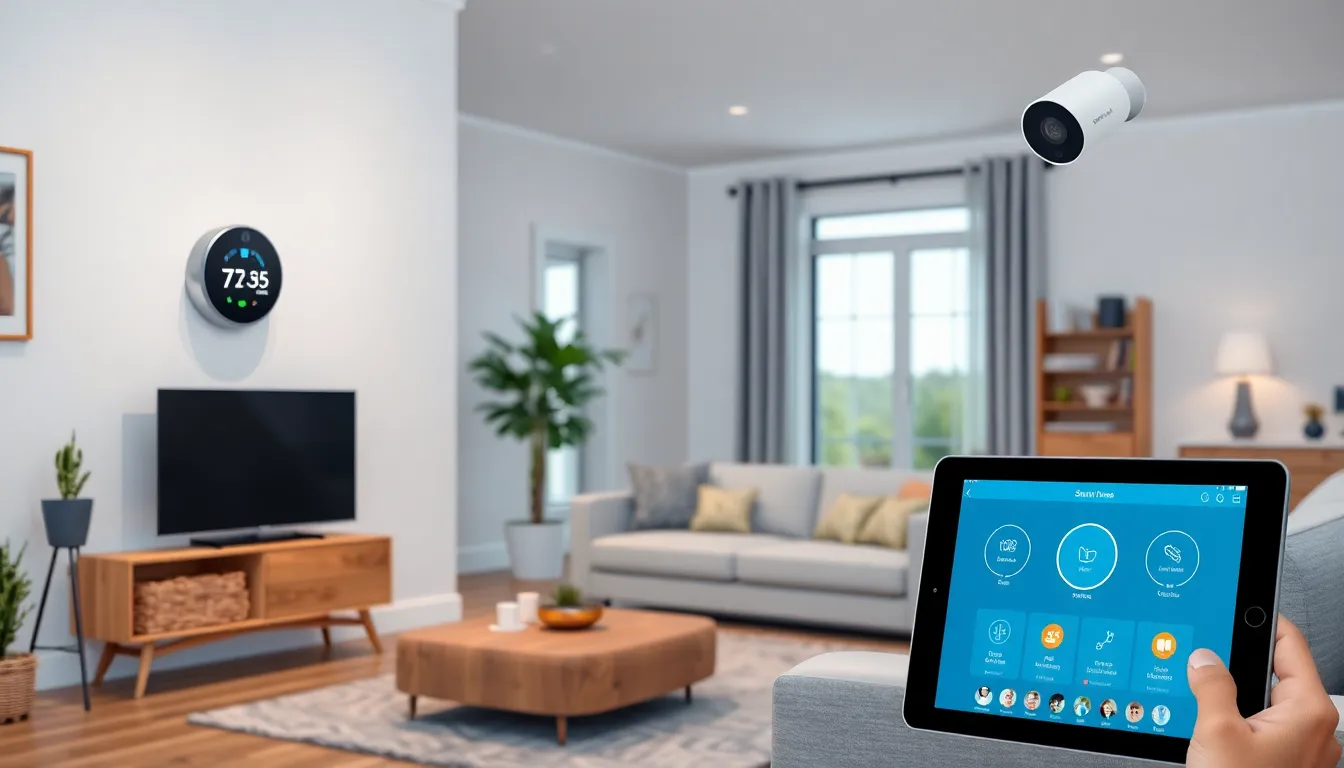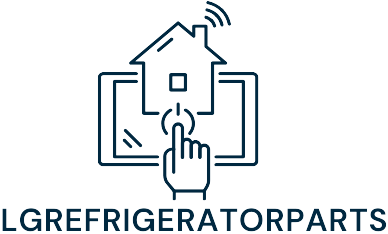Table of Contents
ToggleSmart home devices make life easier, but they can also turn your cozy abode into a digital playground for hackers. Imagine your fridge sending out a tweet about your midnight snack habits or your smart thermostat cranking up the heat while you’re on vacation. Not exactly the kind of smart that keeps you safe, right?
Understanding Smart Home Devices
Smart home devices enhance convenience but can also expose vulnerabilities. These gadgets connect to the internet and communicate with each other, allowing users to manage their homes more efficiently.
What Are Smart Home Devices?
Smart home devices include a wide range of products like security cameras, smart lights, and thermostats. Connected home assistants like Amazon Echo or Google Nest facilitate voice operations. Many appliances, including refrigerators and washing machines, now feature smart technology that allows remote control or monitoring. Users benefit from automation, energy efficiency, and enhanced security, but these perks come with potential risks.
Common Vulnerabilities
Smart home devices often have weak default passwords, making them easy targets. Insecure connections can lead to unauthorized access, allowing hackers to control devices remotely. Outdated firmware may contain security gaps that attackers exploit. Privacy concerns arise as smart devices may unintentionally share user data with third parties. Users must be vigilant about protecting their networks and ensuring devices are properly configured and updated.
Importance of Securing Smart Home Devices


Securing smart home devices is essential due to the numerous risks they pose. Insecure devices can serve as entry points for cybercriminals, leading to unauthorized access to personal information.
Risks of Insecure Devices
Connecting smart home devices to the internet introduces several vulnerabilities. Weak default passwords make it easy for hackers to gain access. Security cameras may provide live feeds if exploited, exposing private lives. Thermostats can be hacked and manipulated, leading to increased energy costs without the owner’s knowledge. Data breaches can occur when hackers exploit outdated firmware. These security gaps can enable third parties to collect personal data, leading to privacy violations. Awareness about these risks encourages homeowners to take protective measures.
Benefits of Enhanced Security
Prioritizing enhanced security measures creates a safer home environment. Strong, unique passwords can effectively deter unauthorized access. Regular firmware updates patch security gaps, reducing vulnerability to attacks. Additional encryption methods ensure data remains secure during transmission. When devices are secured, homeowners gain peace of mind regarding their privacy. Enhanced security can also lead to increased trust in the smart home technology ecosystem. Ultimately, safeguarding devices fosters a reliable and efficient smart home experience.
Steps to Secure Smart Home Devices
Securing smart home devices involves implementing strategies that mitigate risks and enhance safety. The following steps outline effective measures.
Change Default Passwords
Changing default passwords greatly increases security. Many devices come with weak, easily-guessable passwords. Create strong, unique passwords, using a mix of letters, numbers, and symbols. Prioritize password complexity to thwart unauthorized access. Regularly updating these passwords prevents potential breaches. It’s essential to change passwords after initial setup rather than leaving defaults untouched.
Enable Two-Factor Authentication
Enabling two-factor authentication (2FA) adds an extra layer of security. This feature requires a second form of verification, often through a mobile device. Implementing 2FA significantly reduces the risk of unauthorized entry. Ensure that any available 2FA options are activated for all devices. Users should verify that their authentication methods are reliable and accessible to maintain control.
Regularly Update Firmware
Regularly updating firmware strengthens device security. Manufacturers frequently release updates that fix vulnerabilities and improve performance. Checking for updates monthly ensures that devices are protected against the latest threats. Install updates promptly, as neglecting this step can expose devices to risks. Customized alerts can notify users of available updates, making the process convenient.
Best Practices for Ongoing Security
Securing smart home devices requires continuous attention and proactive measures. Implementing best practices strengthens defenses against threats.
Network Security Measures
Firewalls effectively protect network traffic. These tools can control incoming and outgoing data flows, providing an essential barrier against potential attacks. Changing the default router settings to disable remote management reduces vulnerability. Using a Virtual Private Network (VPN) encrypts internet traffic, adding another layer of security for connected devices. Segmenting the home network ensures that smart devices operate on a separate network, limiting access to critical personal information. Regularly monitoring network activity helps spot any unusual behavior, indicating potential security breaches.
Device Management Tips
Changing default passwords enhances security significantly. Strong passwords consist of a mix of letters, numbers, and special characters. Enabling two-factor authentication (2FA) adds an extra layer, requiring a secondary verification method. Regularly updating firmware keeps devices aligned with the latest security patches. Deleting unused devices and applications helps minimize potential entry points for cybercriminals. Instilling awareness about phishing attempts that target smart home users aids users in identifying fraudulent communications. Utilizing device-specific security settings further protects personal data and contributes to a safer smart home.
Securing smart home devices is crucial for protecting personal information and ensuring a safe living environment. By implementing strong passwords and enabling two-factor authentication, users can significantly reduce their vulnerability to cyber threats. Regular firmware updates and network security measures further strengthen defenses against potential attacks.
Homeowners should remain vigilant about their smart devices and continuously monitor for any unusual activity. By actively managing their devices and staying informed about the latest security practices, they can enjoy the convenience of smart technology without compromising their safety. A proactive approach not only enhances security but also builds trust in the capabilities of smart home systems.



